Horse hoof health is a critical aspect of equine well-being, as a horse’s hooves are vital for its overall mobility and quality of life. Ensuring that these animals receive proper equine hoof maintenance is as essential as regular vet check-ups. A well-maintained hoof can prevent a myriad of health issues and contribute to a horse’s ability to perform at its best.
The Importance of Equine Hoof Maintenance
Proper equine hoof maintenance is not merely a cosmetic concern — it’s a necessity. The hooves of a horse are constantly growing and, much like human nails, require regular trimming and care. Neglecting this can lead to discomfort and even lameness, drastically affecting a horse’s life. Routine maintenance ensures that hooves are free from cracks, chips, and other abnormalities that can lead to infections or structural problems.
Signs of Hoof Pain in Horses
Identifying signs of hoof pain in horses is crucial for timely intervention. Limping, resistance to walk, or a noticeable change in gait are clear indicators. Additionally, a visual inspection may reveal redness, heat, or swelling in the hoof area. Horses might also show an unusual stance, such as shifting weight off a painful hoof, which could imply the need for immediate attention.
Do Horses Feel Pain in Hooves During Trimming?
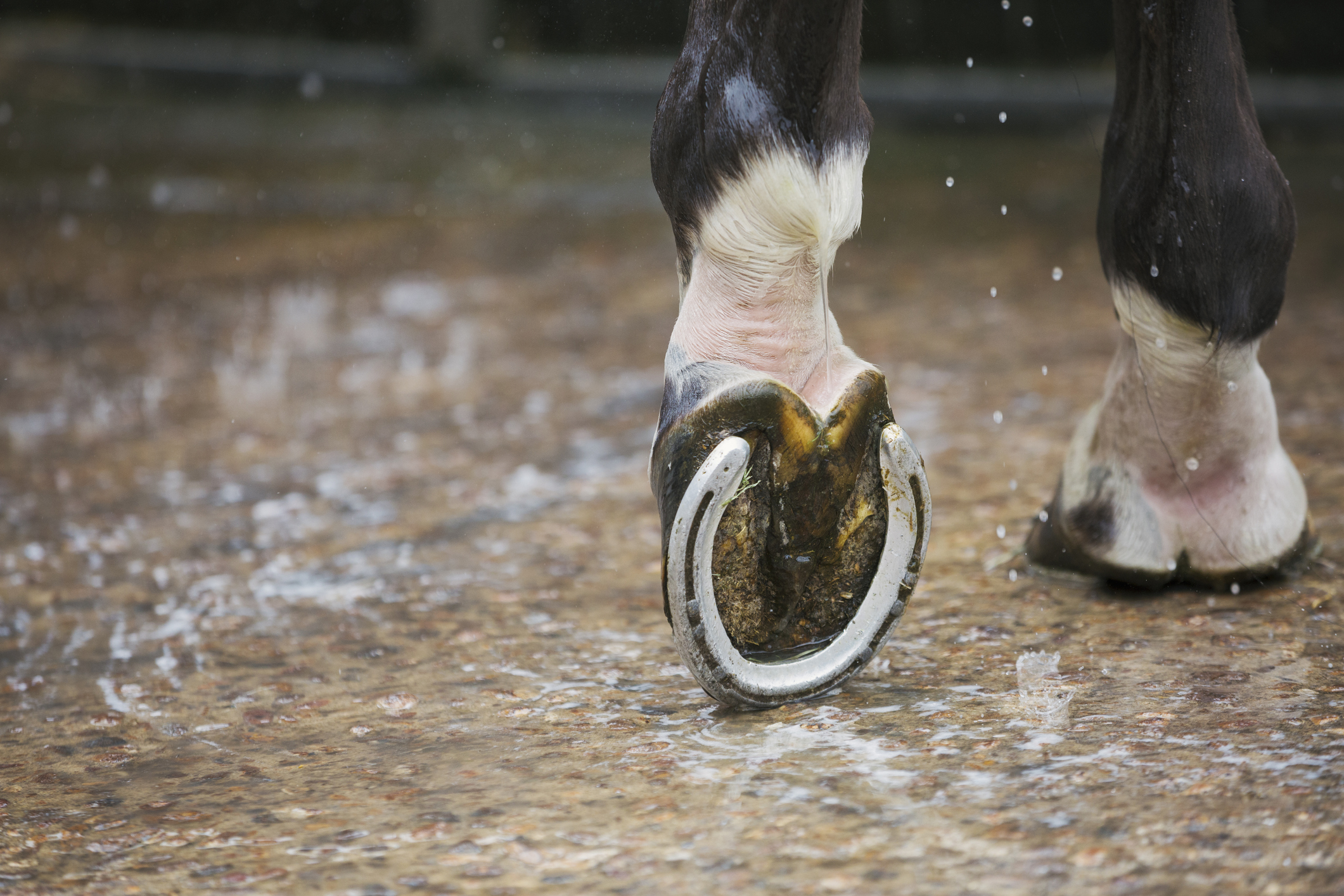
One common concern among horse owners is whether do horses feel pain in hooves when they undergo the hoof trimming process. The simple answer is that, when performed correctly by a skilled farrier, trimming should not cause pain. The hoof structure is designed so that the outer parts, much like human nails, do not have nerve endings and therefore trimming these areas is pain-free.
Assessing Pain in Horses During Hoof Care
To assess pain in horses during hoof care, farriers and horse owners must be vigilant for any signs of distress. These may include pulling away, resistance, or changes in breathing patterns. Experienced professionals can usually perform the necessary hoof care without causing discomfort if the horse is relaxed and the hoof is healthy.
Exploring the Hoof Trimming Process
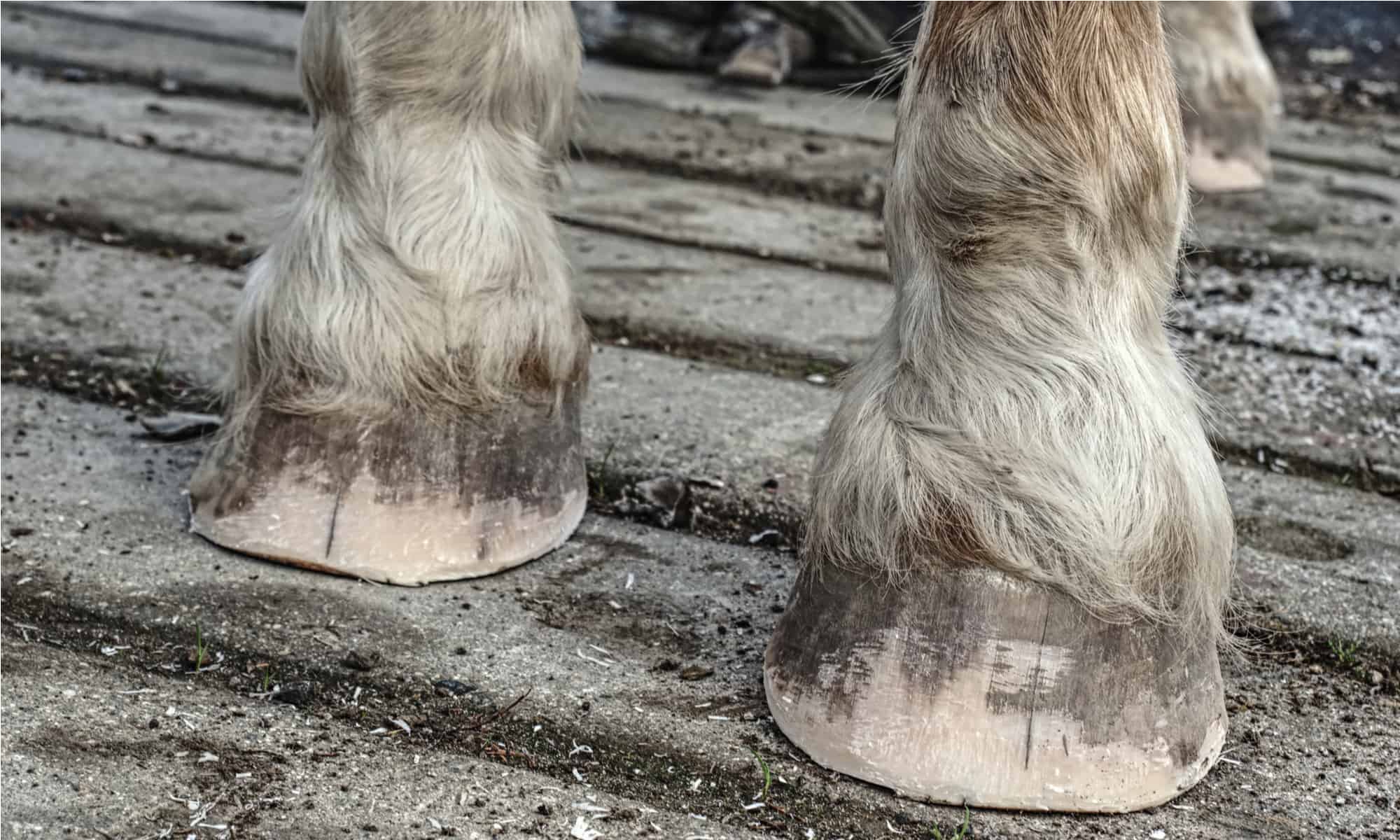
The hoof trimming process is a delicate task that requires skill and understanding of the horse’s anatomy. It’s a critical component of equine podiatry, intended to maintain the hoof’s shape and functionality, allowing for proper gait and weight distribution.
The Steps of Horse Hoof Trimming
- Cleaning the hoof to remove dirt and debris.
- Examining the hoof for any issues like cracks or thrush.
- Trimming the excess hoof wall, starting from the outside and moving in.
- Smoothing the hoof with a rasp to prevent splits and cracks.
- Checking for balance and symmetry to ensure proper weight distribution.
Tools Used in Equine Podiatry
Professionals in equine podiatry use a variety of tools to care for horse hooves. These include hoof picks, nippers, rasps, and sometimes specialized knives. Each tool serves a specific purpose, from cleaning to cutting to shaping the hoof, and is designed to be as efficient and comfortable as possible for both the horse and handler.
Horse Pedicure Discomfort: Is It Real?
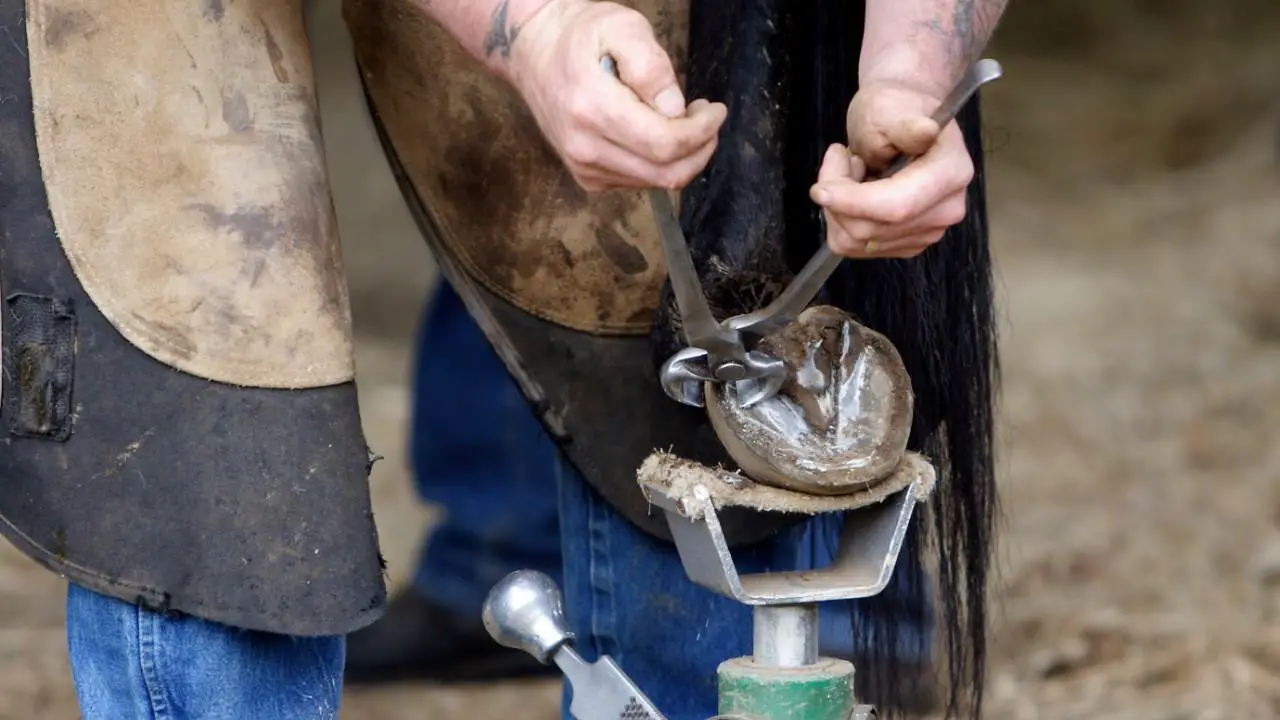
Horse pedicure discomfort can be a legitimate concern for some horses, particularly if they have sensitive hooves or if the farrier is inexperienced. It’s essential to understand the factors that could contribute to discomfort and to mitigate them whenever possible.
Factors Contributing to Hoof Care Discomfort in Horses
Several factors can contribute to hoof care discomfort in horses, including an underlying hoof condition, poor technique from the farrier, or even a horse’s past experiences. Signs of discomfort can include flinching, snatching the foot away, or signs of anxiety, and these should always be taken seriously.
Preventing and Managing Pain During Hoof Trimming
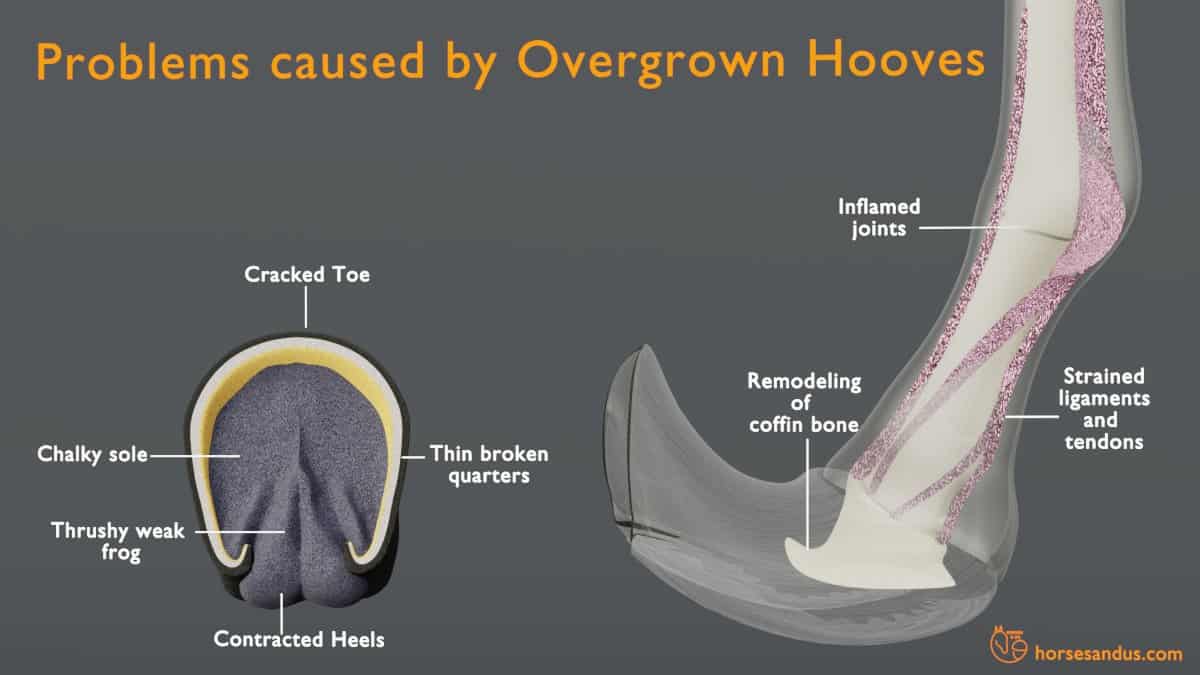
Preventing and managing pain during horse hoof trimming is paramount. A horse that associates hoof care with discomfort may become difficult to manage, which can lead to hazardous situations for both the horse and the farrier.
Best Practices for Hoof Care in Horses
Best practices for hoof care in horses include regular inspections and maintenance by a trained farrier, providing a comfortable and safe environment for the horse during trimming, and addressing any hoof issues promptly. Proper nutrition also plays a role in maintaining healthy hooves.
Techniques to Reduce Stress and Pain During Trimming
To reduce stress and pain during trimming, it’s important to handle the horse gently, use sharp and appropriate tools, and ensure the horse is accustomed to having its feet handled from a young age. Desensitization training can also be beneficial, along with positive reinforcement techniques to create a stress-free experience.
When to Seek Professional Hoof Care
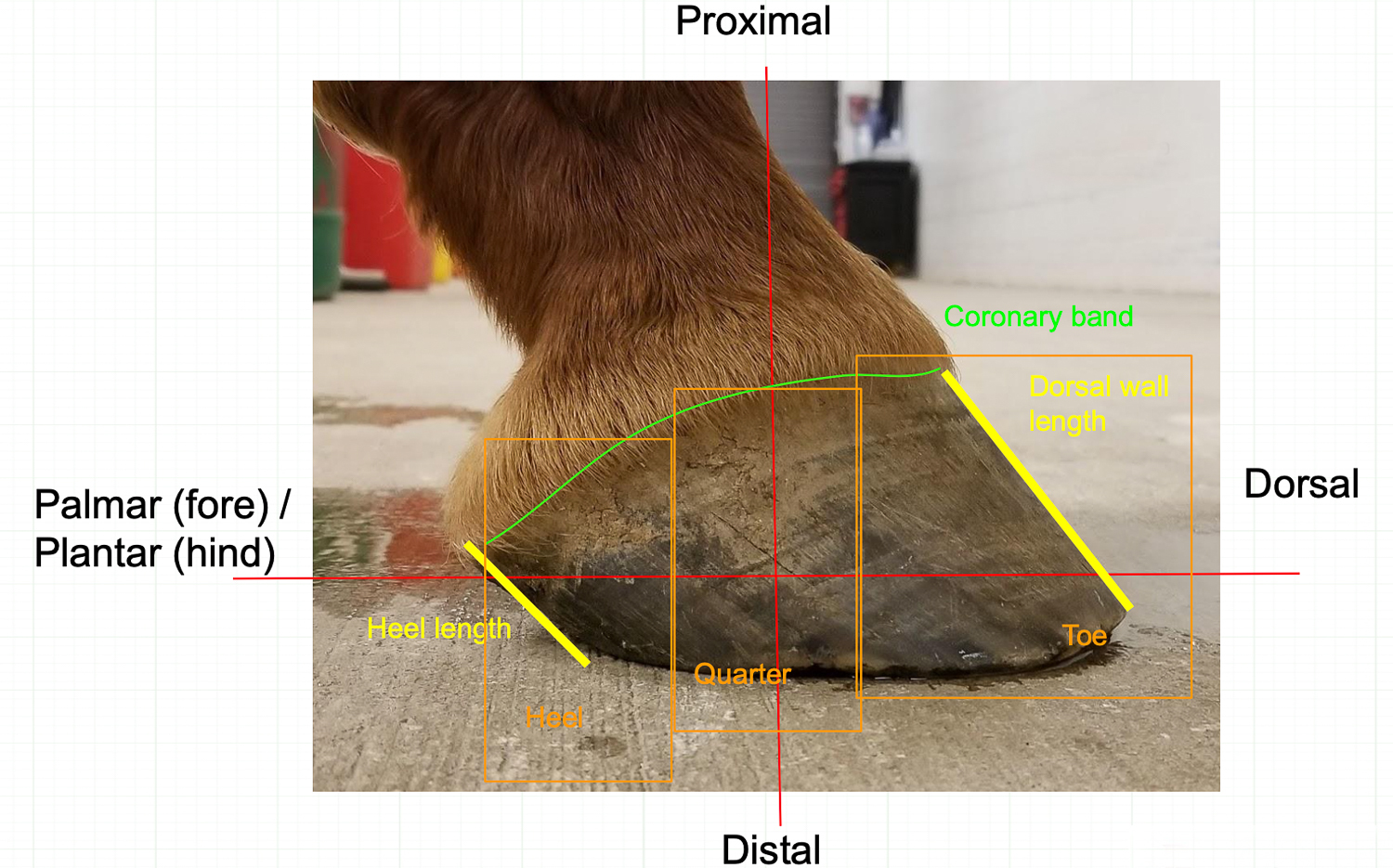
Seeking professional hoof care is essential when it comes to maintaining horse hoof health. Even for those experienced with horses, recognizing when to call in an expert is a sign of responsible ownership.
The Role of an Equine Podiatrist
An equine podiatrist specializes in the diagnosis, treatment, and prevention of horse hoof disorders. This expert plays a crucial role in ensuring that horse hoof trimming is done correctly and can provide advice on managing any hoof-related issues.
If you’re curious about various aspects of equine care and health, you might be particularly interested in learning if it’s painful when horses get their hooves trimmed. For more insights into horse care, you can explore our detailed articles on how often horses need their teeth floated, which is a crucial element of their dental care. Additionally, understanding a horse’s growth is important, so our article on when horses stop growing could provide valuable information for horse owners or enthusiasts. Lastly, the emotional well-being of these majestic animals is also worth considering. If you’ve ever wondered about their emotional responses, our piece on do horses get sad when they are sold delves into the complexities of equine emotions.
Regular Hoof Maintenance Schedules for Optimal Health
To maintain optimal hoof health, a regular maintenance schedule should be established. This typically involves professional trimming every 6 to 8 weeks, although the exact frequency can vary depending on the horse’s activity level and hoof growth rate. Consistent care is the key to preventing pain in horses during hoof care and promoting a happy, healthy life for these magnificent animals.



